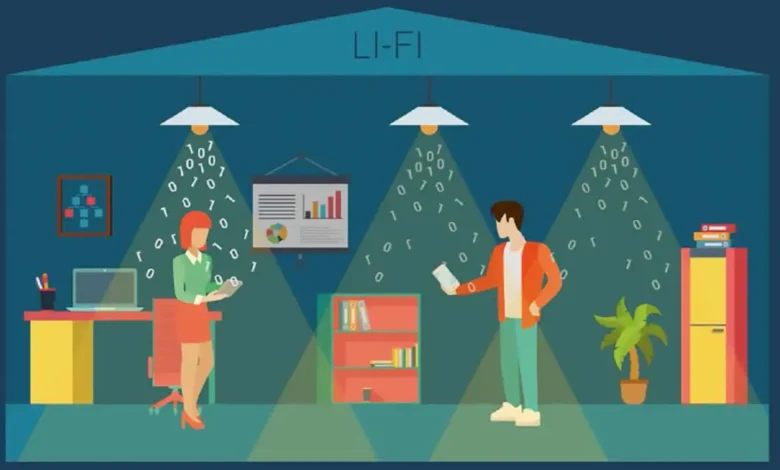
The Internet of Things, or IoT, is becoming a necessary component of our life in this ever-changing digital age. IoT gadgets, such as connected automobiles and smart homes, have completely changed how we engage with technology. But as the variety of linked devices keeps increasing, so do the risks and threats that come with it. Presenting LiFi, a state-of-the-art solution that aims to solve the security issues associated with IoT equipment. However, what is LiFi exactly, and is it really the answer we’ve been looking for?
1. Recognizing LiFi
Light Fidelity, or LiFi for short, is a transmission system that sends data by light. LiFi transmits data at extraordinarily fast speeds by using sunlight from LED bulbs, as opposed to conventional WiFi, which depends on radio waves. Increased security, insulation to radiation, and the capacity to function in regions where radio signals are prohibited are just a few benefits of this novel technique.
2. The Benefits of LiFi Security
LiFi’s built-in security is one of its biggest advantages. Light cannot flow through opaque obstacles, contrast radio waves, which may travel great distances and pass through walls. As a result, LiFi signals are localised, which virtually eliminates the possibility of network hacking or interception by unauthorised parties. LiFi’s exclusive frequency spectrum also helps to improve security by avoiding the interference and congestion problems that come with using traditional wireless technologies.
3. Handling IoT Security Issues
IoT devices’ frequently lax security protocols have made them popular targets for cyber-attacks and the absence of encryption. These flaws can be used by hackers to obtain unauthorised access, steal confidential information, or even take over the devices and use them for evil.
4. Possible Uses of LiFi in Internet of Things
LiFi technology holds the power to completely transform a wide range of Internet of Things applications, especially in delicate settings where security is crucial. LiFi, for example, might be utilised in medical settings to safely transfer patient data, avoiding unwanted access and protecting private health information.
5. LiFi’s Difficulties and Limitations
Although LiFi has intriguing opportunities, there are drawbacks as well. Since light cannot penetrate through opaque things, one of its primary constraints is that communication must occur in a line of sight. This implies that LiFi signals are easily blockable, which may reduce their coverage and range. Furthermore, LiFi technology is nonetheless in its early phases, and obstacles related to cost, standardisation, and connection with current infrastructure may prevent it from being widely adopted.
Conclusion
The security of these interconnected devices is becoming more and more important as the Internet of Things grows. LiFi technology offers a potential remedy for the security issues that IoT systems encounter. LiFi has the ability to develop a wide range of programs, high-speed data transfer, and network security solutions that could lead to a more secure and safe Internet of Things ecosystem. Before being widely used, it must conquer a few obstacles and limits, just like any other developing technology.






